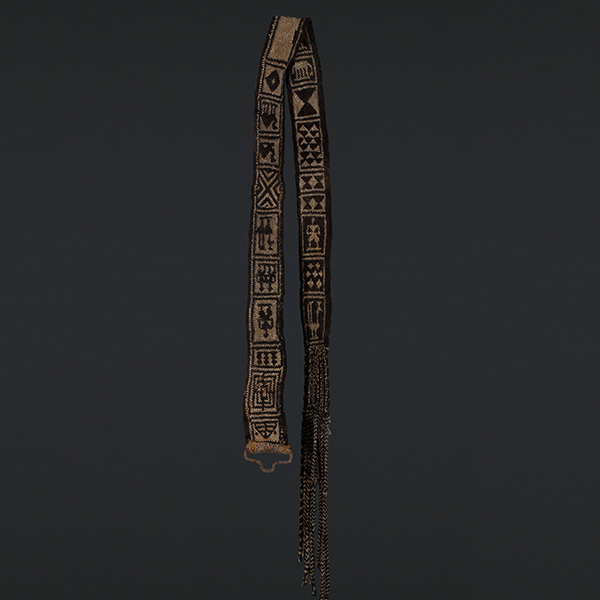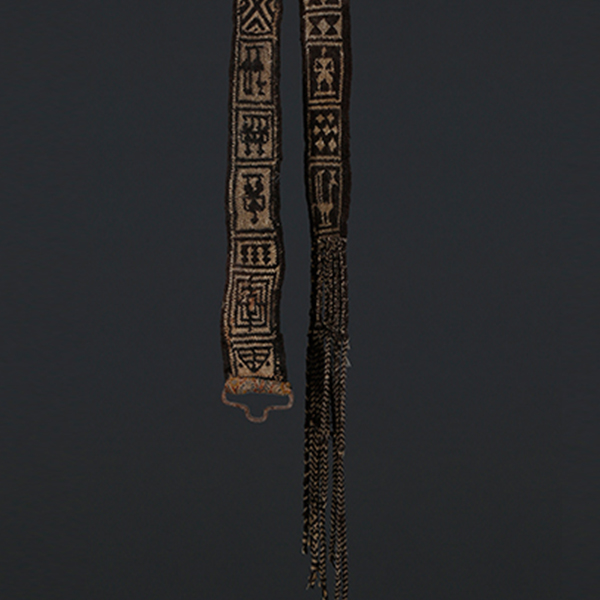
Map Loading...
Split Ply Braiding
RAJASTHAN
Split Ply Braiding has been found extensively in Rajasthan, Gujarat, North West India and a few other places, where it has mainly been used to make camel girths and animal regalia. Many of the designs are highly patterned and often figurative, and were traditionally made by men whilst tending to their flocks of camels and goats.
“High-twist cords are essential for Ply Splitting. They are not readily available to buy, so it is common to make your own. Traditionally, they were made from hand spun goat hair, but smooth cotton, linen, silk, rayon or rug yarn all work as well.” The ideal tool for Ply Splitting is the grip fid, which is available in various diameters and in which the tube size is chosen to match the diameter of cords in use. Alternately, a rug latchet hook may be used; the disadvantage of this tool is that it harder to draw the doubled cord (splitter) through the splittee.
During the 90s, Peter Collingwood travelled to India and collected and analysed braided artefacts, the techniques of which had been barely documented before him. His research culminated in a book ‘The Techniques of Ply Split Braiding’, published in 1998. Consequently, weavers and braid makers have explored and developed it in a number of directions. Textiles, jewellery, bags, belts, hats and even dresses have been developed by some makers, while others have taken the technique to create three-dimensional vessels, baskets and sculpture.
Material
Yarn
Technique
Braiding
Showcase



